Many thanks to Neil Lamont for facilitating the excellent discussion on The Idea of Communism and to everyone who came and along and contributed in December.
Join us on Friday, 11 January 2019 to help steer the course for the Book Club. We will discuss the reading agenda and how to shape decision making processes in the group. Come along to share your ideas about texts that help you think about your own practice, theory and research. You don’t need to be an expert: Everyone is welcome to propose a text and facilitate the reading group.
We’ve issued more tickets for the first meeting of the Radical Pedagogy Research & Reading Group! To book your place please fill in the submission and booking form and we will confirm your booking. This event sold out immediately and we can’t accommodate the level of interest it has generated. Start your local radical pedagogy reading group today!
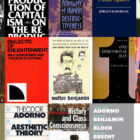 [ART&CRITIQUE] COURSE
[ART&CRITIQUE] COURSE
Critical Theory in Contemporary Art Practice
10 January – 14 March 2019, 6pm–8:30pm
Chelsea College of Arts, 16 John Islip Street, London SW1P 4JU
Tutor Sophia Kosmaoglou
Booking via UAL
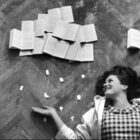 [SYMPOSIUM] BOOK CLUB
[SYMPOSIUM] BOOK CLUB
Call for Book Club 2019
Friday, 11 January 2019, 6:30pm – 9pm
LARC, 62 Fieldgate Street, London E1 1ES
Facilitated by Facilitated by Dee Vora, John Fortnum and Eva Ruschkowski
Suggested donation £2, booking via Eventbrite
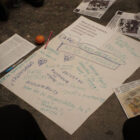 [ART&CRITIQUE] RADICAL PEDAGOGY RESEARCH & READING GROUP
[ART&CRITIQUE] RADICAL PEDAGOGY RESEARCH & READING GROUP
Radical Pedagogy Reading Group Launch
Friday, 22 Feb 2019, 7pm – 9pm
LARC, 62 Fieldgate Street, London E1 1ES
Closest stations: Whitechapel / Aldgate East
Suggested donation £2, booking via Eventbrite
![Philip Guston [1973] Painting, Smoking, Eating. Oil on canvas, 196.8 x 262.9 cm.](https://videomole.tv/wp-content/uploads/2018/03/Philip-Guston-1973-Painting-Smoking-Eating.-Oil-on-canvas-196.8-x-262.9-cm_thumb-140x140.jpg) [OPPORTUNITIES & ANNOUNCEMENTS]
[OPPORTUNITIES & ANNOUNCEMENTS]
January 2019
The list of opportunities, open calls, deadlines, announcements & vacancies is updated regularly.
If you would like to post your listing for open calls, opportunities or vacancies on the list please send us the details.
IMAGE CREDITS
Photo by Eva Ruschkowski, 2015.
ART&CRITIQUE workshop, First Alternative Education Open-Day 2017. Photo by School of the Damned.
Tom Worsfold [2016] Hangover Apparition. Acrylic on canvas.
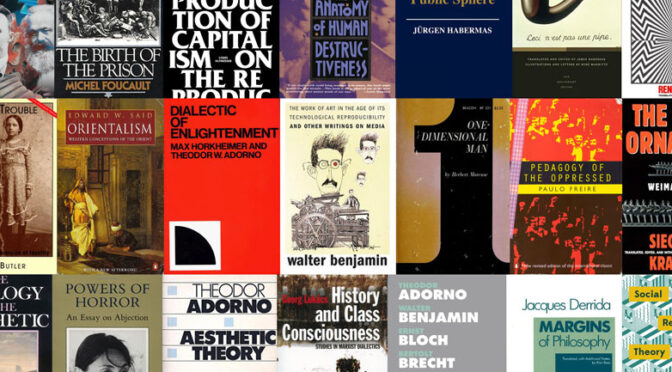
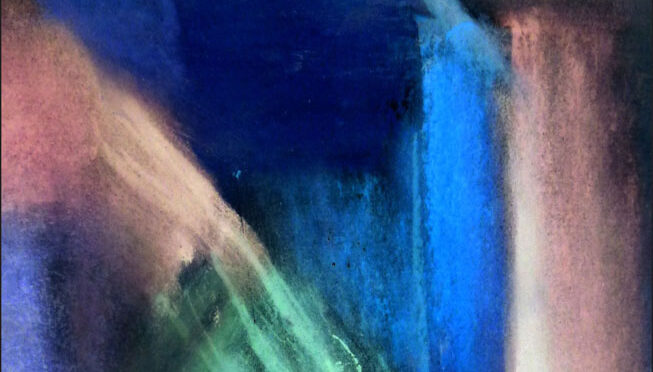
![[SYMPOSIUM]#31 Eagleton & Zizek Idea of Communism. Flyer by Neil Lamont_thumb](https://videomole.tv/wp-content/uploads/2018/12/SYMPOSIUM32-Eagleton-Zizek-Idea-of-Communism.-Flyer-by-Neil-Lamont_thumb-140x140.jpg)
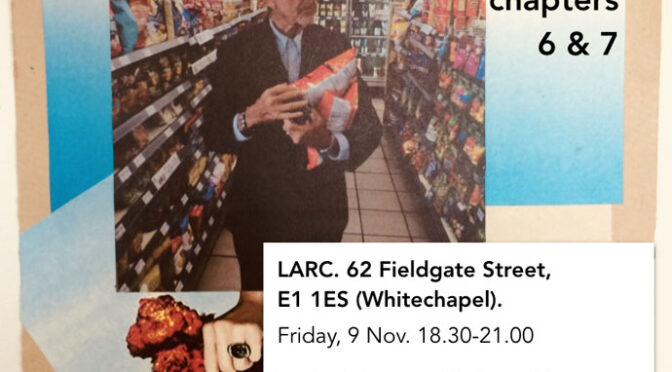
![[SYMPOSIUM]#31 Fisher Capitalist Realism Pt.3](https://videomole.tv/wp-content/uploads/2018/10/SYMPOSIUM31-Fisher-Capitalist-Realism-Pt3_thumb-140x140.jpg)
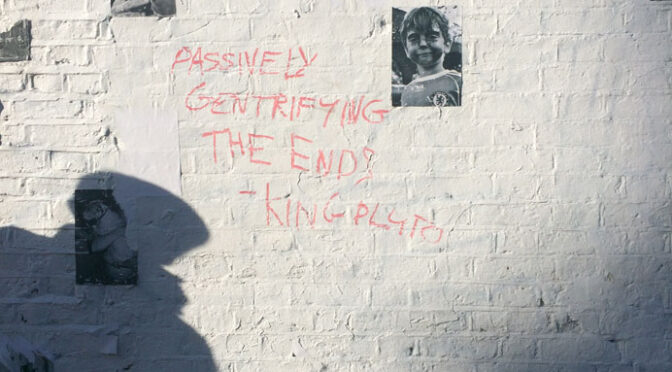
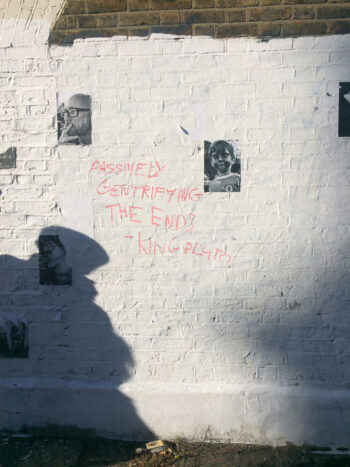
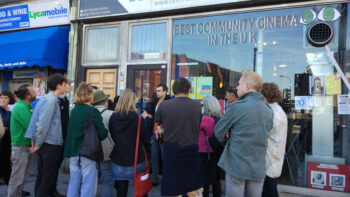
![Patrick Mimran [2004] Billboard Project, New York. Photo Sophia Kosmaoglou. Critical Theory in Contemporary Art Practice [ART&CRITIQUE] COURSE](https://videomole.tv/wp-content/uploads/2017/02/Patrick-Mimran-2004-Billboard-Project-New-York.-Photo-Sophia-Kosmaoglou_thumb-140x140.jpg)
![Jenny Holzer [1993] Alienation produces eccentrics or revolutionaries. Marquees series.](https://videomole.tv/wp-content/uploads/2018/10/Jenny-Holzer-1993-Alienation-produces-eccentrics-or-revolutionaries.-Marquees-series-140x140.jpg)
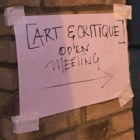
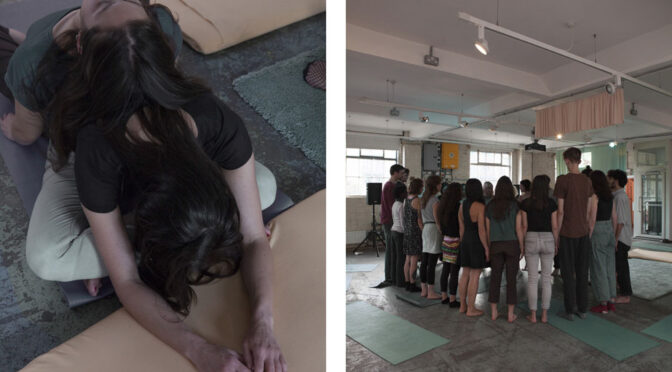
![Renata Minoldo and Natasha Cox [2018] Being in the Body. Environmental Installation and experimental workshop. Event commissioned by Guest Projects on their 10th year anniversary. Photos by Ania Mokrzycka.](https://videomole.tv/wp-content/uploads/2018/09/Renata-Minoldo-and-Natasha-Cox-2018-Being-in-the-Body.jpg)
![Miki Holloway [2018] B.o.a.t, number 9, Set Studios 07/08/2018. Illustration by Rachel Sale.](https://videomole.tv/wp-content/uploads/2018/09/Miki-Holloway-2018-B.o.a.t-number-9.jpg)
![Charlie Pritchard [2018] Through a “Medium” of Aether. Interclamp, Pioneer plasmas, Sun lounger, Polystyrene Balls, 25 mins.](https://videomole.tv/wp-content/uploads/2018/09/Charlie-Pritchard-2018-Through-a-‘Medium’-of-Aether.jpg)
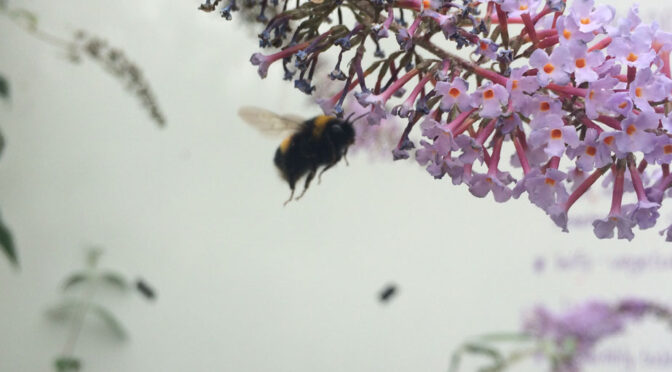
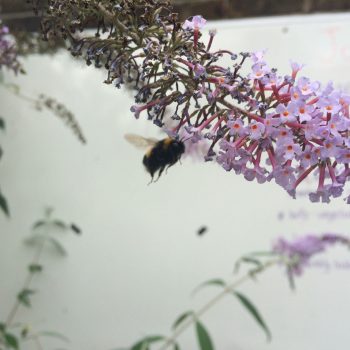
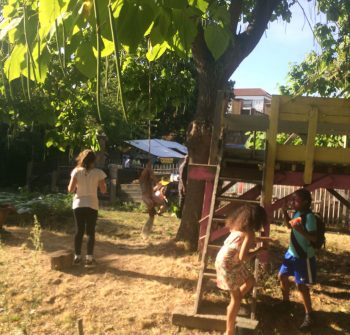
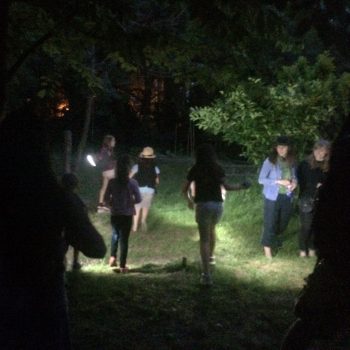
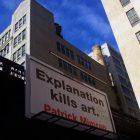
![[ARTCRAWL] #15 Deptford](https://videomole.tv/wp-content/uploads/2018/07/ARTCRAWL-15-Deptford_thumb-140x140.jpg)
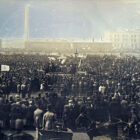
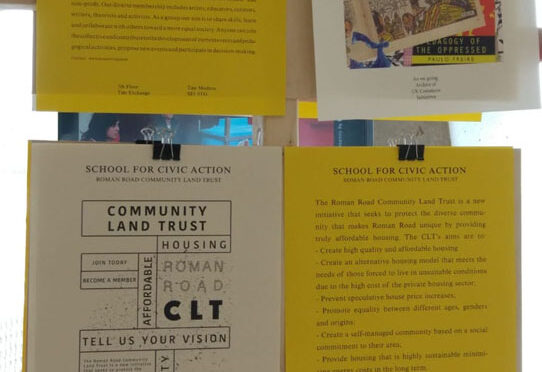
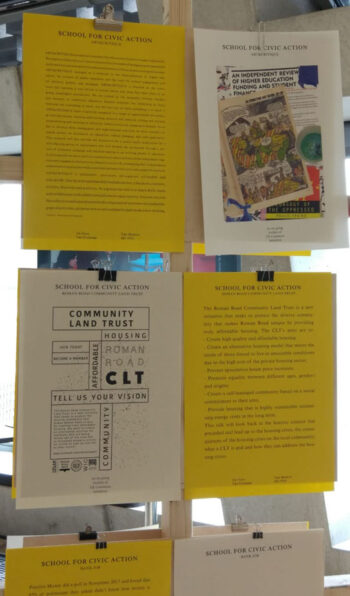
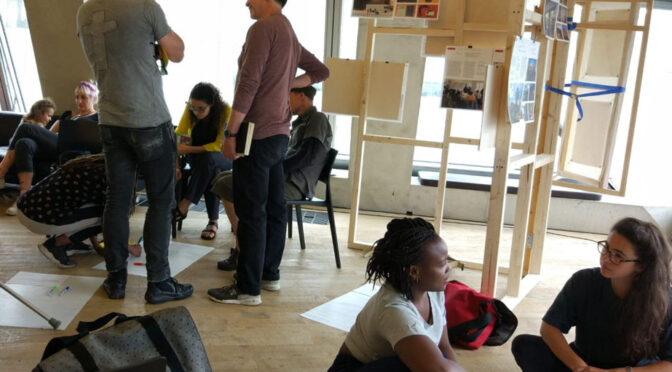
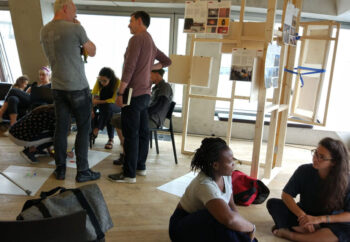
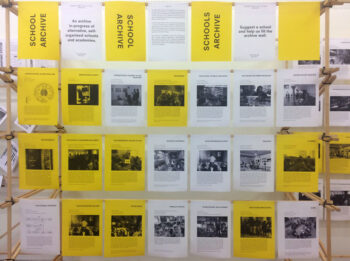
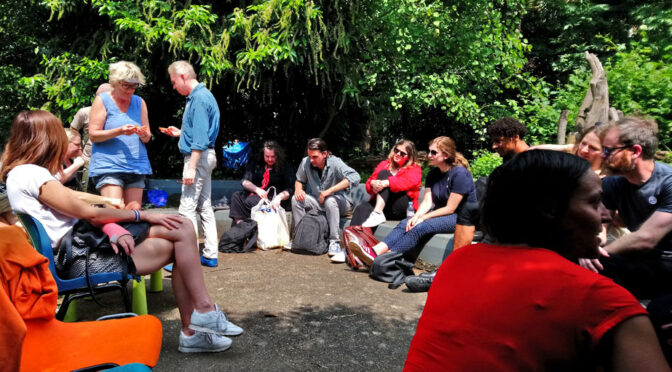
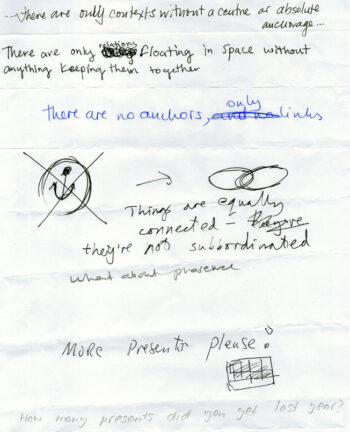
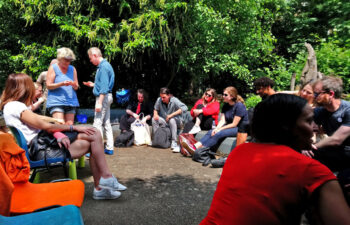
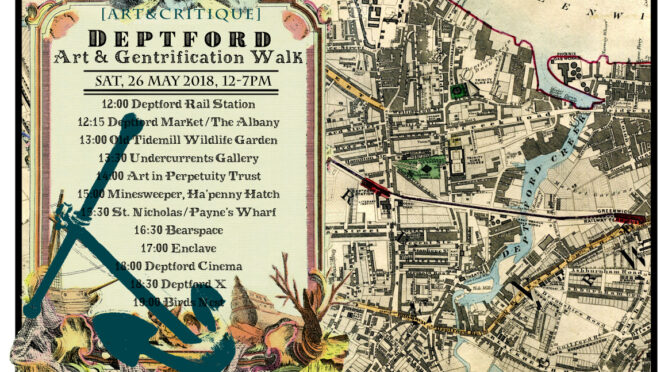
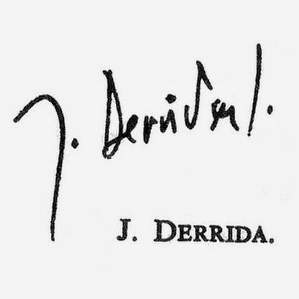
![[ARTCRAWL] #14-flyer-thumb](https://videomole.tv/wp-content/uploads/2018/05/ARTCRAWL-14-flyer-thumbc.jpg)
![[SYMPOSIUM]#27 Fisher Capitalist Realism Pt 2. Flyer by Sophia Kosmaoglou_thumb](https://videomole.tv/wp-content/uploads/2018/04/SYMPOSIUM27-Fisher-Capitalist-Realism-Pt-2.-Flyer-by-Sophia-Kosmaoglou_thumb.jpg)
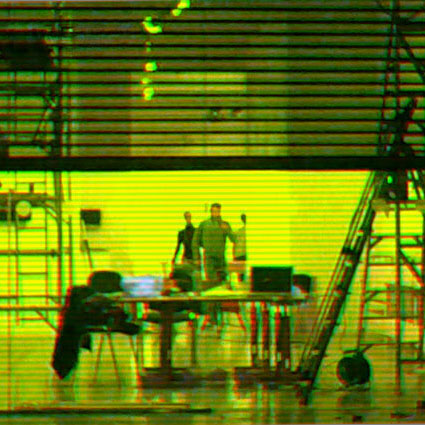
![IMAGE CREDITS Nicolas Copernicus (1543) Heliocentrism. De revolutionibus Orbium coelestium, libri IV. Philip Guston [1973] Painting, Smoking, Eating. Oil on canvas, 196.8 x 262.9 cm.](https://videomole.tv/wp-content/uploads/2018/03/Philip-Guston-1973-Painting-Smoking-Eating.-Oil-on-canvas-196.8-x-262.9-cm_thumb.jpg) [OPPORTUNITIES & ANNOUNCEMENTS]
[OPPORTUNITIES & ANNOUNCEMENTS]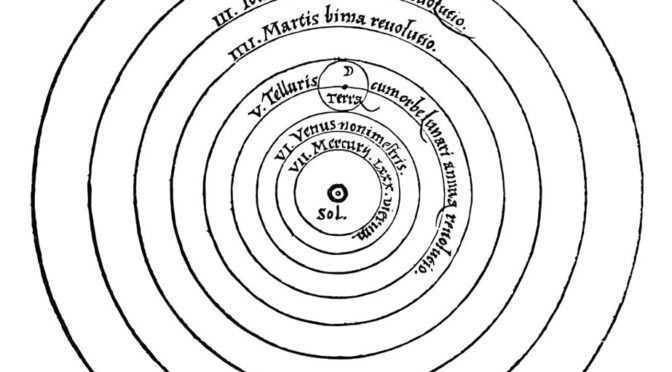
![Nicolas Copernicus [1543] Heliocentrism. De revolutionibus Orbium coelestium, libri IV (Revolutions of the heavenly orbs). Nuremberg.](https://videomole.tv/wp-content/uploads/2018/03/Nicolas-Copernicus-1543-Heliocentrism.-De-revolutionibus-Orbium-coelestium-libri-IV-Revolutions-of-the-heavenly-orbs.-Nuremberg-02-923-350x263.jpg)
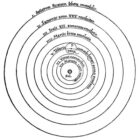
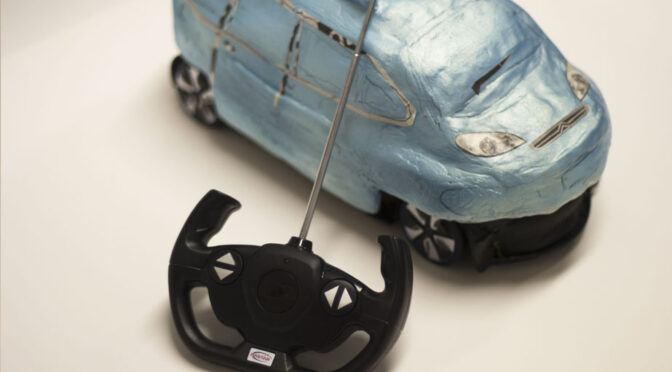
![Lucy Webster [2017] Labour, Labour. Remote control chassis with clay body, washing machine-shaped wedding cakes, cakes and icing, film 'The Great Baptism'.](https://videomole.tv/wp-content/uploads/2018/03/Lucy-Webster-2017-Labour-Labour.-Remote-control-chassis-with-clay-body-washing-machine-shaped-wedding-cakes-cakes-and-icing-film-The-Great-Baptism-350x233.jpg)
![Renata Minoldo [2018] Studies for Self Knowledge Workshop, 3 hours.](https://videomole.tv/wp-content/uploads/2018/03/Renata-Minoldo-2018-Studies-for-Self-Knowledge-Workshop-3-hours-350x233.jpg)
![Alice Weber [2018] Agency Speculative Bodies. Choreography workshop.](https://videomole.tv/wp-content/uploads/2018/03/Alice-Weber-2018-Agency-Speculative-Bodies.-Choreography-workshop-350x233.jpg)
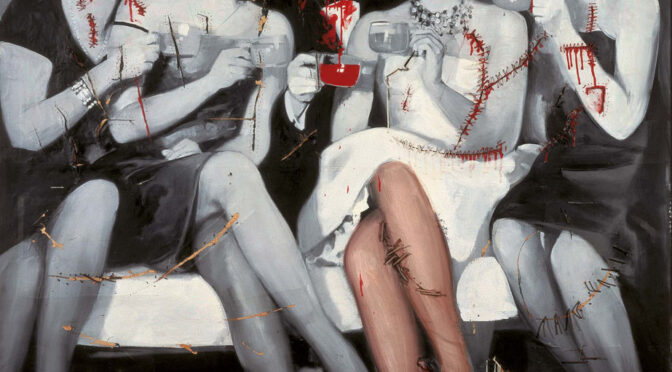
![Gerhard Richter [1963] Party. Oil, nails, cord on canvas and newspaper, 150 x 182cm.](https://videomole.tv/wp-content/uploads/2018/02/Gerhard-Richter-1963-Party.-Oil-nails-cord-on-canvas-and-newspaper-150-x-182cm_923-350x292.jpg)
![Wolf Vostell [1969] B 52 Lipstick Bomber. Serigraph and lipsticks behind glass in wooden box, 88 × 119.5 cm.](https://videomole.tv/wp-content/uploads/2018/02/Wolf-Vostell-1968-B52-Lippenstift-Bomber-02-2-350x258.jpg)
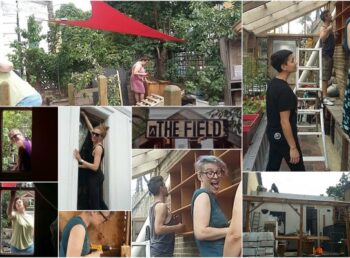
![Gerhard Richter [1963] Party. Oil, nails, cord on canvas and newspaper, 150 x 182 cm.](https://videomole.tv/wp-content/uploads/2018/02/Gerhard-Richter-1963-Party.-Oil-nails-cord-on-canvas-and-newspaper-150-x-182cm_thumb-140x140.jpg)
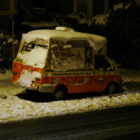 [OPPORTUNITIES & ANNOUNCEMENTS]
[OPPORTUNITIES & ANNOUNCEMENTS]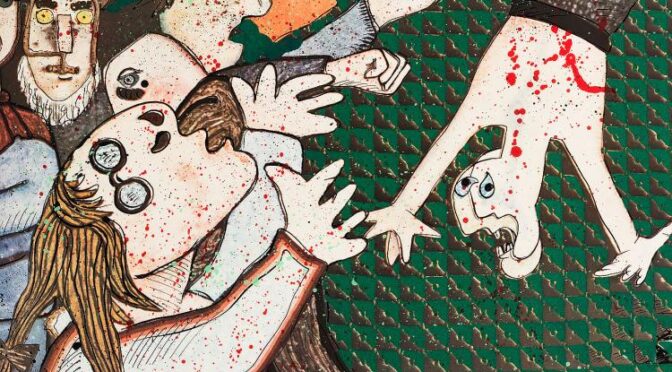

![Enrico Baj [1972] The Funeral of the Anarchist Pinelli. Textured offset colour print, 75 x 68 cm. Edition 200.](https://videomole.tv/wp-content/uploads/2018/01/Enrico-Baj-1972-The-Funeral-of-the-Anarchist-Pinelli.-Textured-offset-colour-print-75-x-68-cm.-Edition-200_thumb.jpg)
![Patrick Mimran [2004] Billboard Project, New York. Photo Sophia Kosmaoglou.](https://videomole.tv/wp-content/uploads/2017/02/Patrick-Mimran-2004-Billboard-Project-New-York.-Photo-Sophia-Kosmaoglou_thumb.jpg)
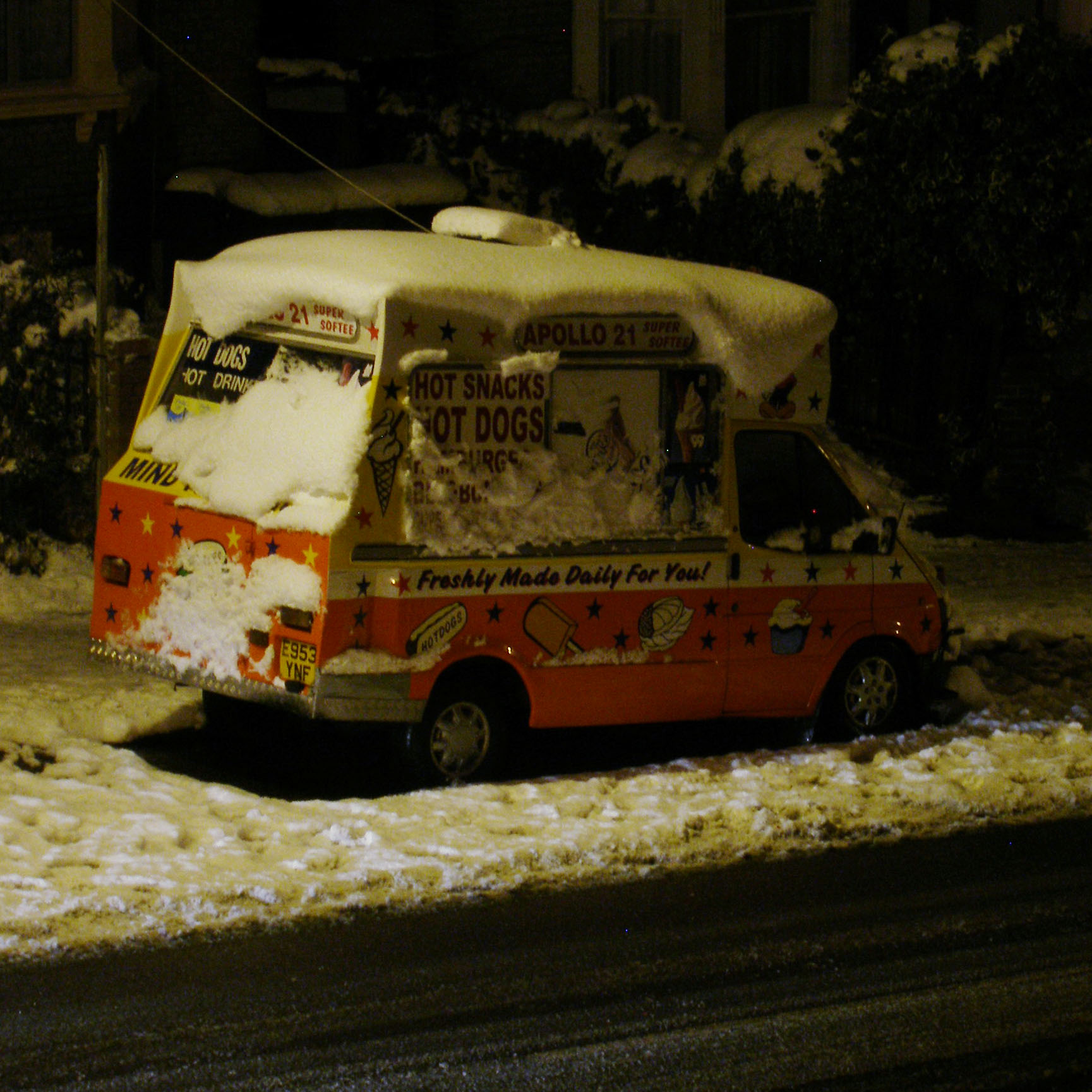 [OPPORTUNITIES & ANNOUNCEMENTS]
[OPPORTUNITIES & ANNOUNCEMENTS]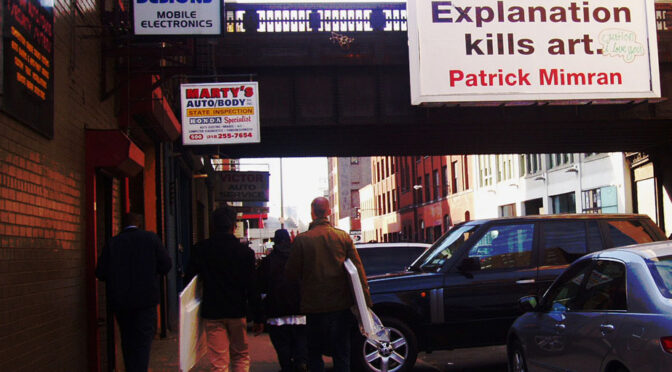
![Patrick Mimran [2004] Billboard Project, New York. Photo Sophia Kosmaoglou.](https://videomole.tv/wp-content/uploads/2018/02/Patrick-Mimran-2004-Billboard-Project-New-York.-Photo-Sophia-Kosmaoglou_banner2-l-350x161.jpg)
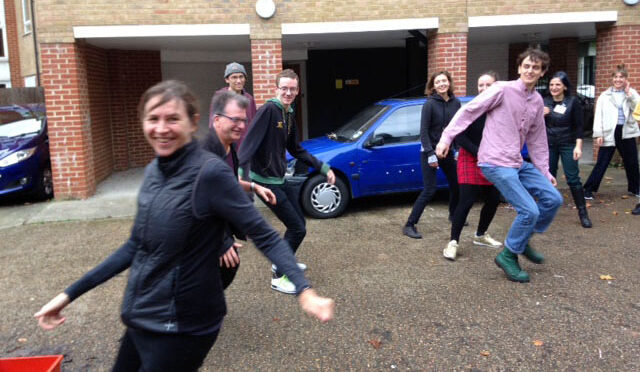

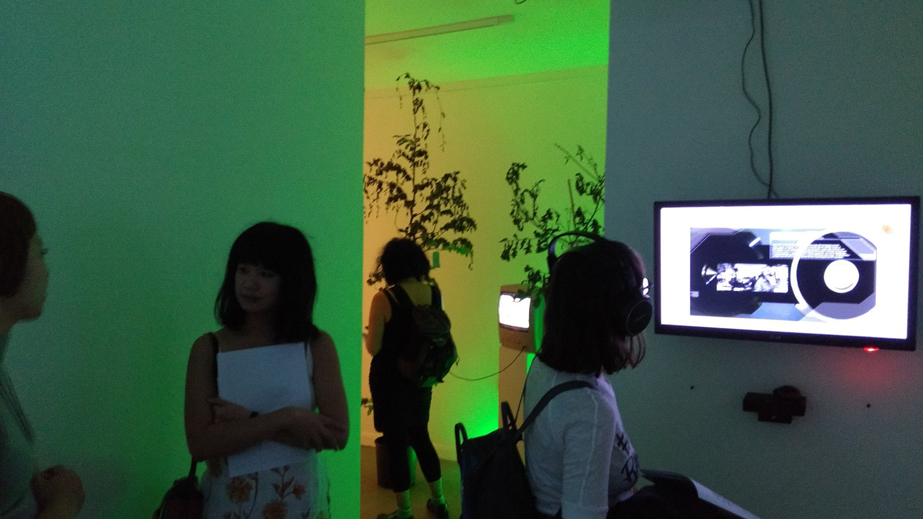
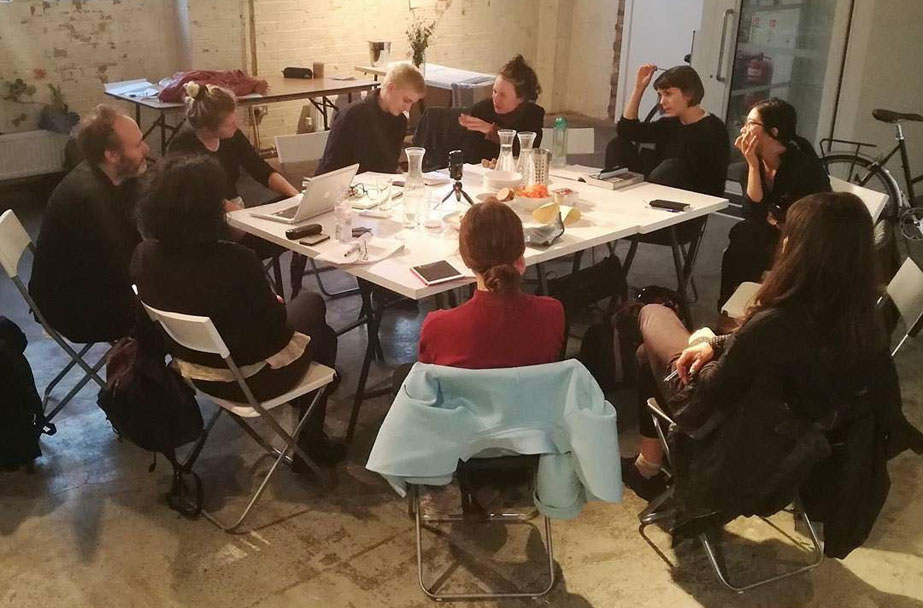
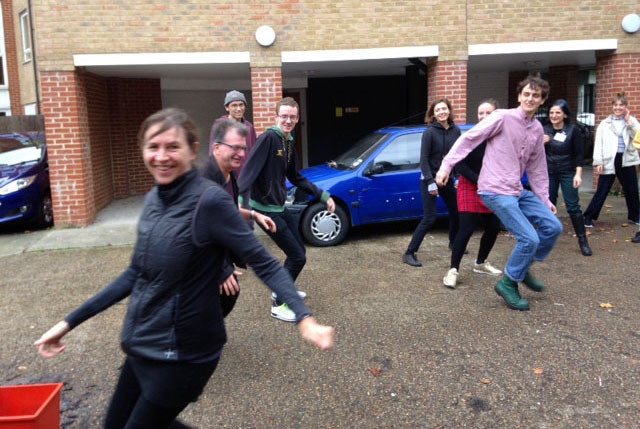
![Neil Lamont [2006] Apple billboard on Paris metro. Digital photograph.](https://videomole.tv/wp-content/uploads/2017/12/Neil-Lamont-2006-Apple-billboard-on-Paris-metro.-Digital-photograph_thumb.jpg)
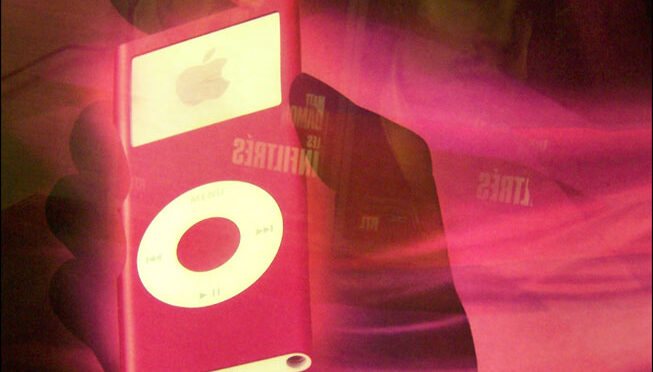
![J.R. Eyerman [1952] Audience at the opening-night screening of Bwana Devil, the first full-length colour 3-D movie. Paramount Theatre, Hollywood, 26 Nov 1952.](https://videomole.tv/wp-content/uploads/2017/12/J.R.-Eyerman-1952-Audience-at-the-opening-night-screening-of-Bwana-Devil-the-first-full-length-colour-3-D-movie.-Paramount-Theatre-Hollywood-26-Nov-1952.jpg)
![J.R. Eyerman [1952] Audience at the opening-night screening of Bwana Devil, the first full-length colour 3-D movie. Paramount Theatre, Hollywood, 26 Nov 1952.](https://videomole.tv/wp-content/uploads/2017/12/J.R.-Eyerman-1952-Audience-at-the-opening-night-screening-of-Bwana-Devil-the-first-full-length-colour-3-D-movie.-Paramount-Theatre-Hollywood-26-Nov-1952_thumb.jpg)
![Daniel Clowes [1991] End. Art School Confidential.](https://videomole.tv/wp-content/uploads/2017/09/Daniel-Clowes-1991-End.-Art-School-Confidential.jpg) [OPPORTUNITIES & ANNOUNCEMENTS]
[OPPORTUNITIES & ANNOUNCEMENTS]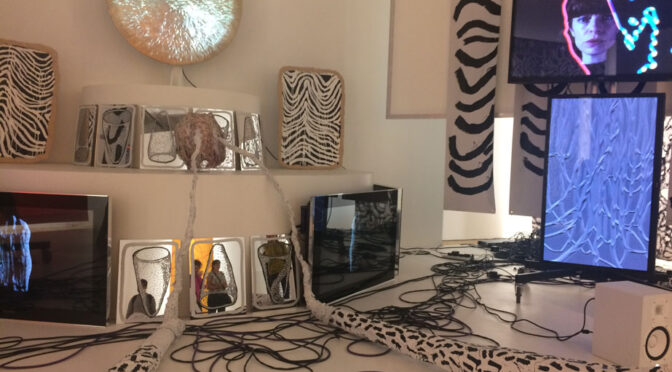
![Benedict Drew [2017] The Trickle-Down Syndrome. Installation view. Whitechapel Gallery, London. Photo Sophia Kosmaoglou.](https://videomole.tv/wp-content/uploads/2017/09/Benedict-Drew-2017-The-Trickle-Down-Syndrome.-Installation-view.-Whitechapel-Gallery-London.-Photo-Sophia-Kosmaoglou-01-350x262.jpg)
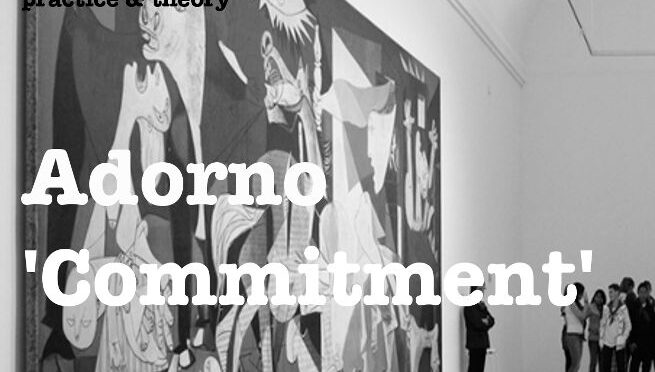
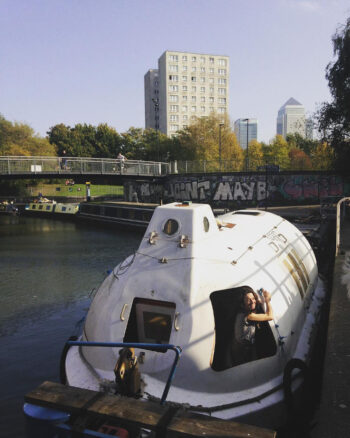
![[SYMPOSIUM] #21 Adorno Commitment. Flyer by Nat Pimlott.](https://videomole.tv/wp-content/uploads/2017/02/SYMPOSIUM-21-Adorno-Commitment.-Flyer-by-Nat-Pimlott_thumb-140x140.jpg)
![Daniel Clowes [1991] End. Art School Confidential.](https://videomole.tv/wp-content/uploads/2017/09/Daniel-Clowes-1991-End.-Art-School-Confidential-140x140.jpg) [OPPORTUNITIES & ANNOUNCEMENTS]
[OPPORTUNITIES & ANNOUNCEMENTS]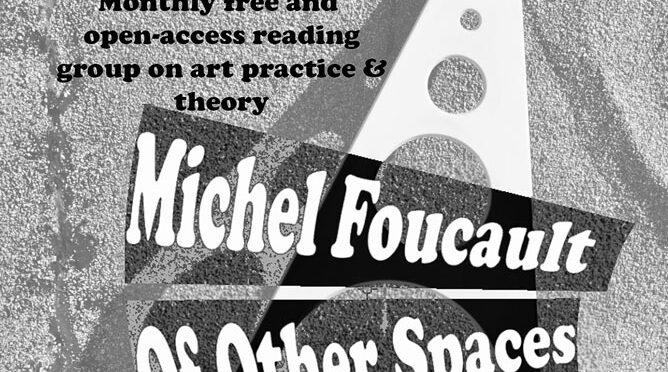
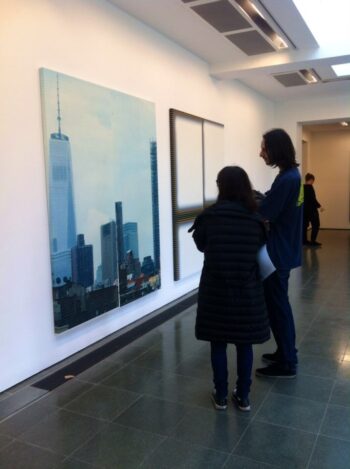
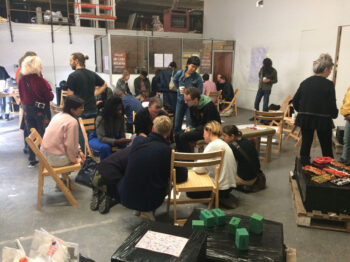
![[SYMPOSIUM]#20. Flyer by Dasha Loyko.](https://videomole.tv/wp-content/uploads/2017/02/SYMPOSIUM20.-Flyer-by-Dasha-Loyko_thumb-140x140.jpg)